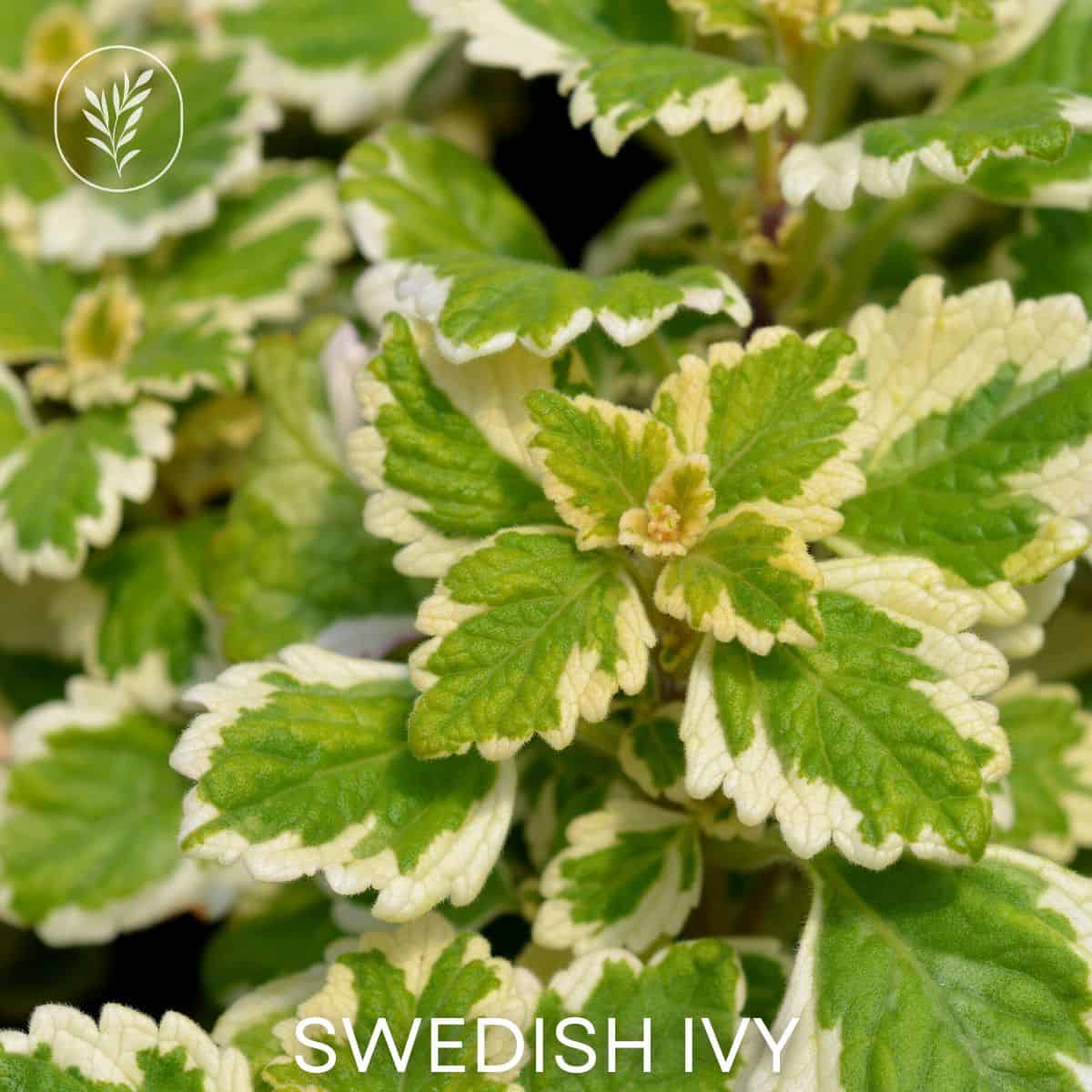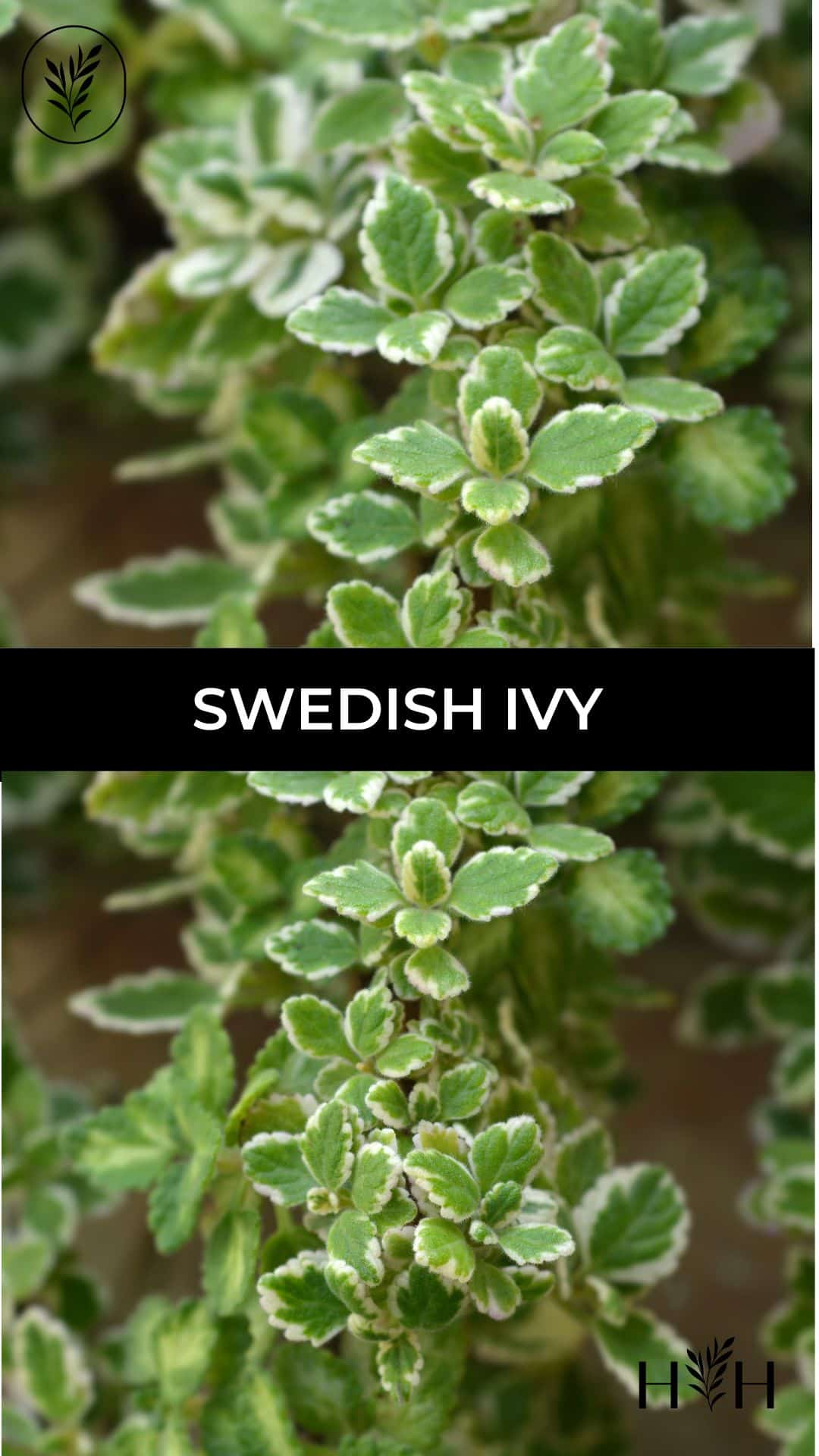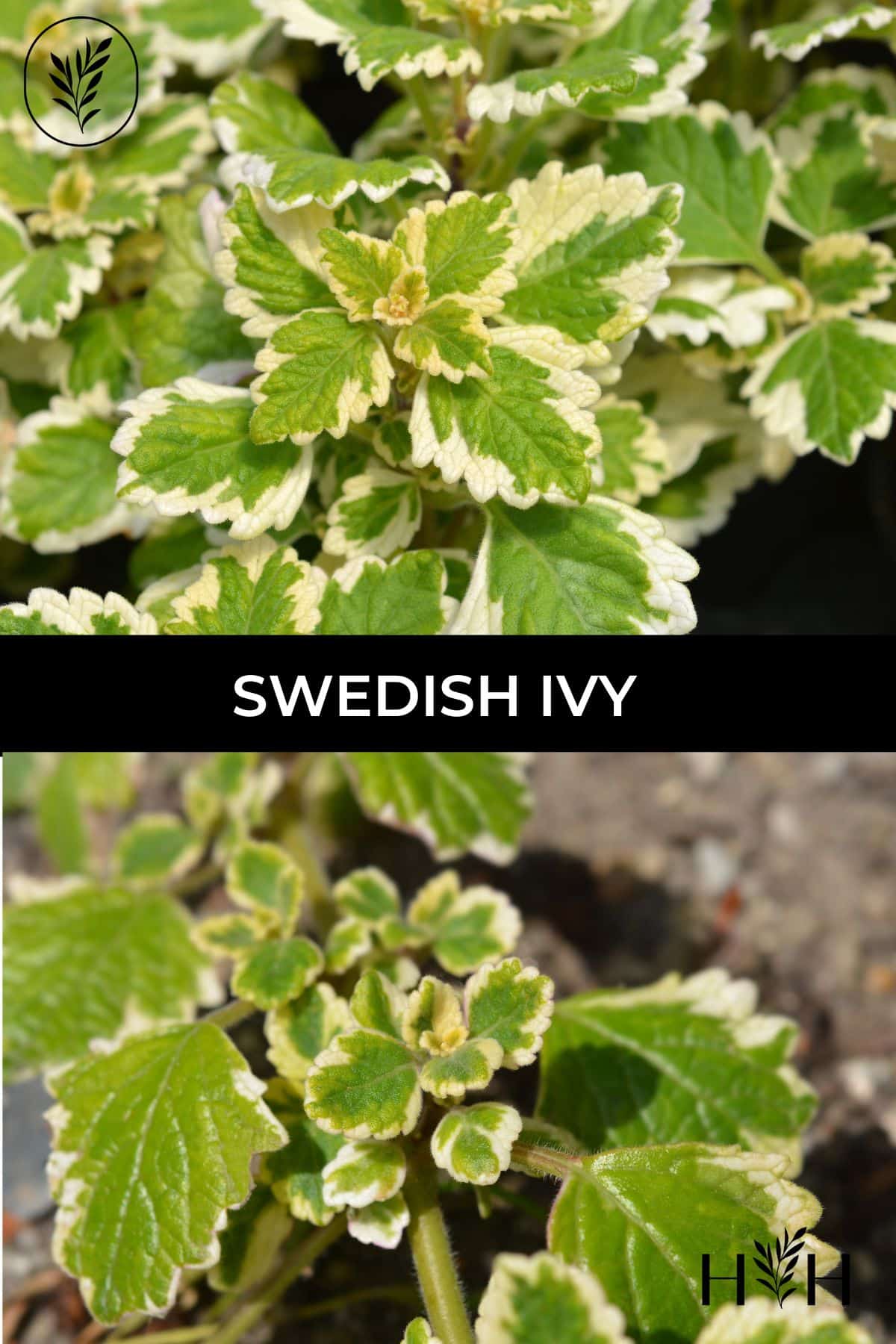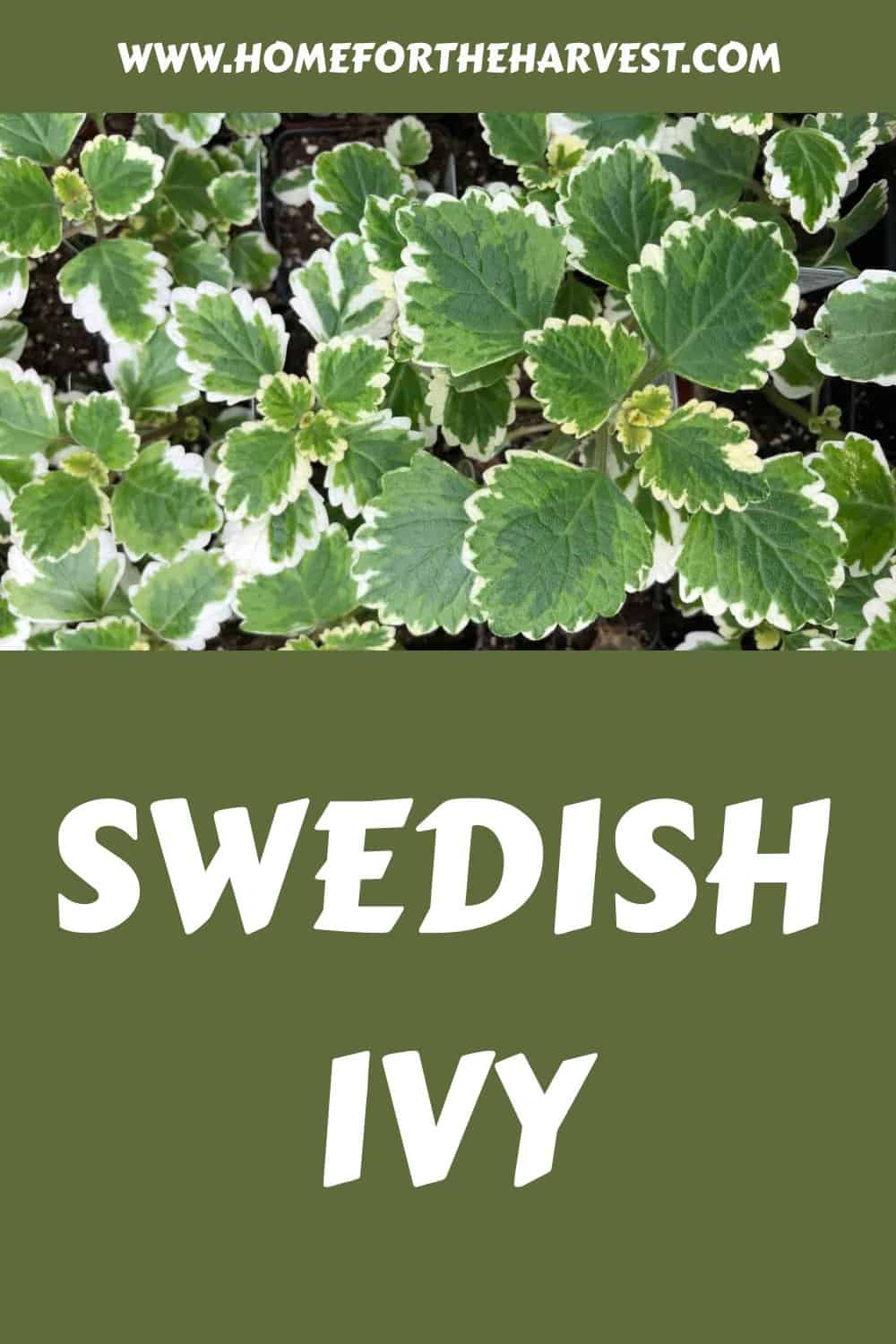For all you plant lovers out there, Swedish Ivy is one of the next best plants for you to add to your at-home indoor garden. This plant will add a lovely splash of green to any corner of your home. If you have ever wondered what Swedish Ivy is, where it hails from, and how to take care of it, you have come to the right place!
Swedish Ivy (Plectranthus verticillatus) is an ornamental plant in the Mint family (Lamiaceae) known for its beautiful foliage. It is best kept as an indoor hanging plant because it has trailing branches that will drape over the sides of the pot. It has slightly glossy green leaves, some of which are tinged with creamy white or yellow, and most varieties will produce small, light purple, or white blossoms every year.
If you are a gardener (or an aspiring one), Swedish Ivy might be just the thing you are looking for to add to the splendor of your indoor garden. Below you will find all the essential details about this plant, from watering to planting to keeping pests away.
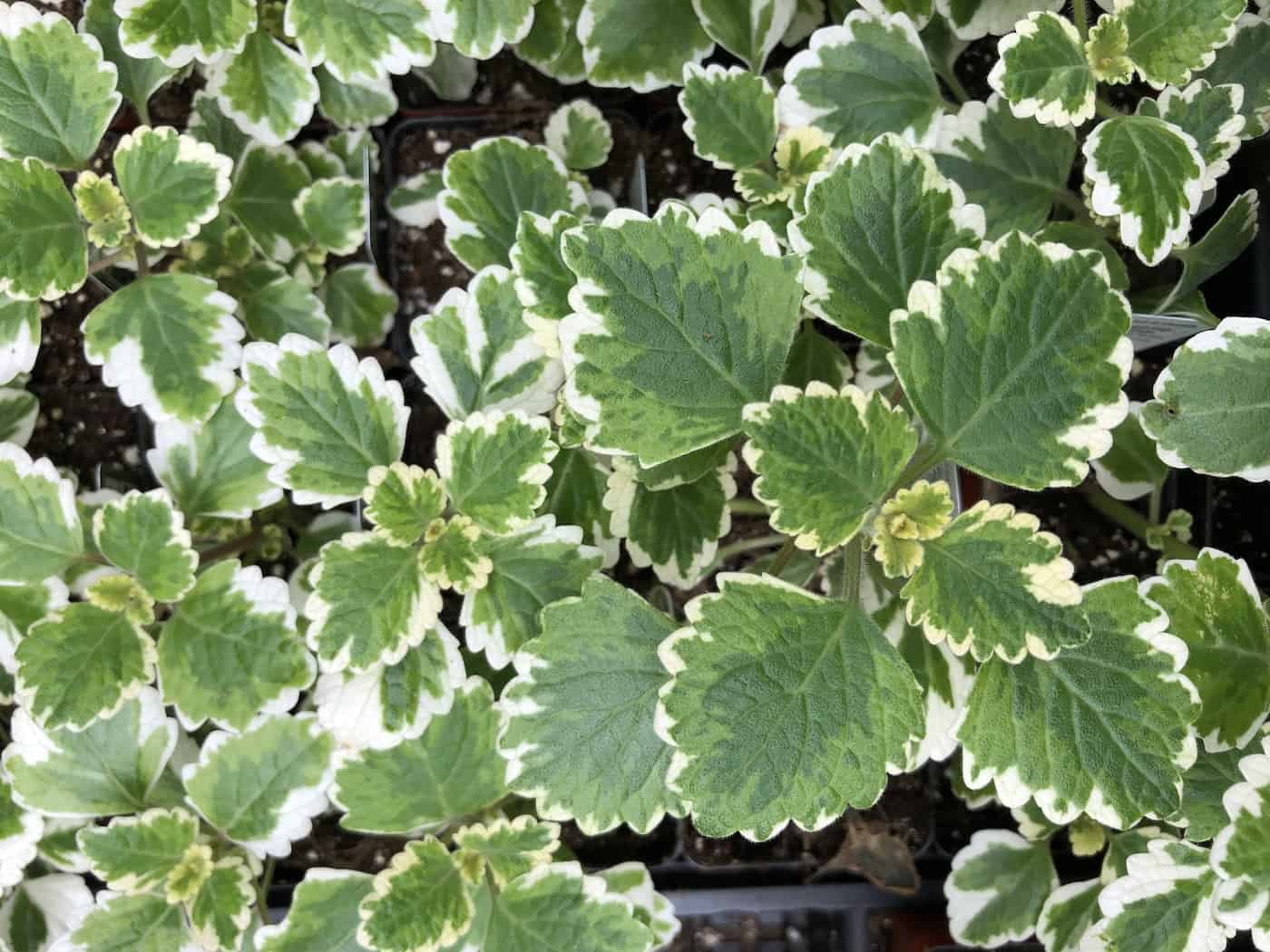
Swedish ivy basics
The first thing to know about Swedish Ivy is its origin. Contrary to its name, Swedish Ivy is not actually a native of Sweden. Rather, it is native to southern Africa. Swedish Ivy is also not true ivy. It is instead a member of the Mint family and does not naturally cling to walls as true Ivy plants do.
Swedish Ivy is best known for its long, flowy stems that trail and spread as the plants mature. It sports glossy green leaves (sometimes tinged with yellow/white) and will usually have white or light purple flowers that bloom on and off throughout the year. It is officially called Swedish Ivy, but you may have heard of it as Creeping Charlie. As you can probably guess, it earned that name thanks to its creeping stems and spreading leaves.
Varieties of Swedish ivy
There are a few varieties of Swedish Ivy, but not many. Here are some cultivars of Swedish Ivy:
- Plectranthus verticillatus ‘Variegata’
- Golden Lemon Swedish Ivy
- Australian Swedish Ivy
The Variegata variety is the most popular type. This is the variety that has green leaves with white markings along the edges of the plant. This white coloring accentuates the green magnificently, thus making the Variegata variety the one you’ll probably find the most easily.
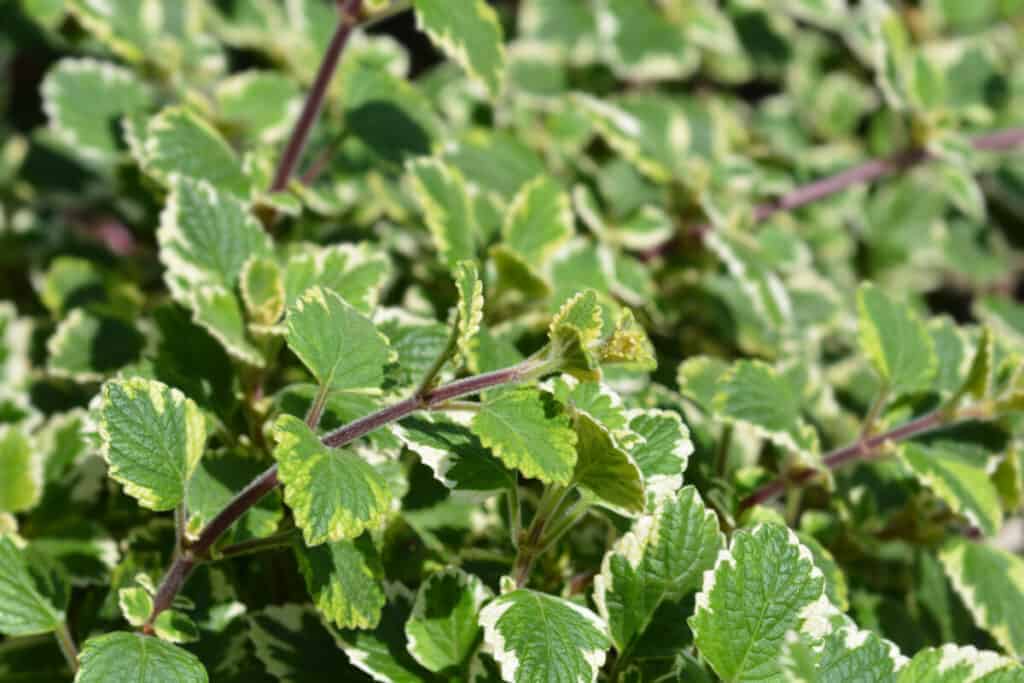
Watering Swedish ivy
Water your Swedish Ivy regularly. In general, this plant can be watered any time the top inch of potting mix has dried out. This plant can be watered from below (by placing it in a sink with some water in it) or with a small watering can.
If possible, avoid getting the leaves too damp to avoid fungal disease. Indoor watering cans with skinny water spouts tend to work best for watering Swedish Ivy. Watering can be reduced in the winter while the plant is resting.
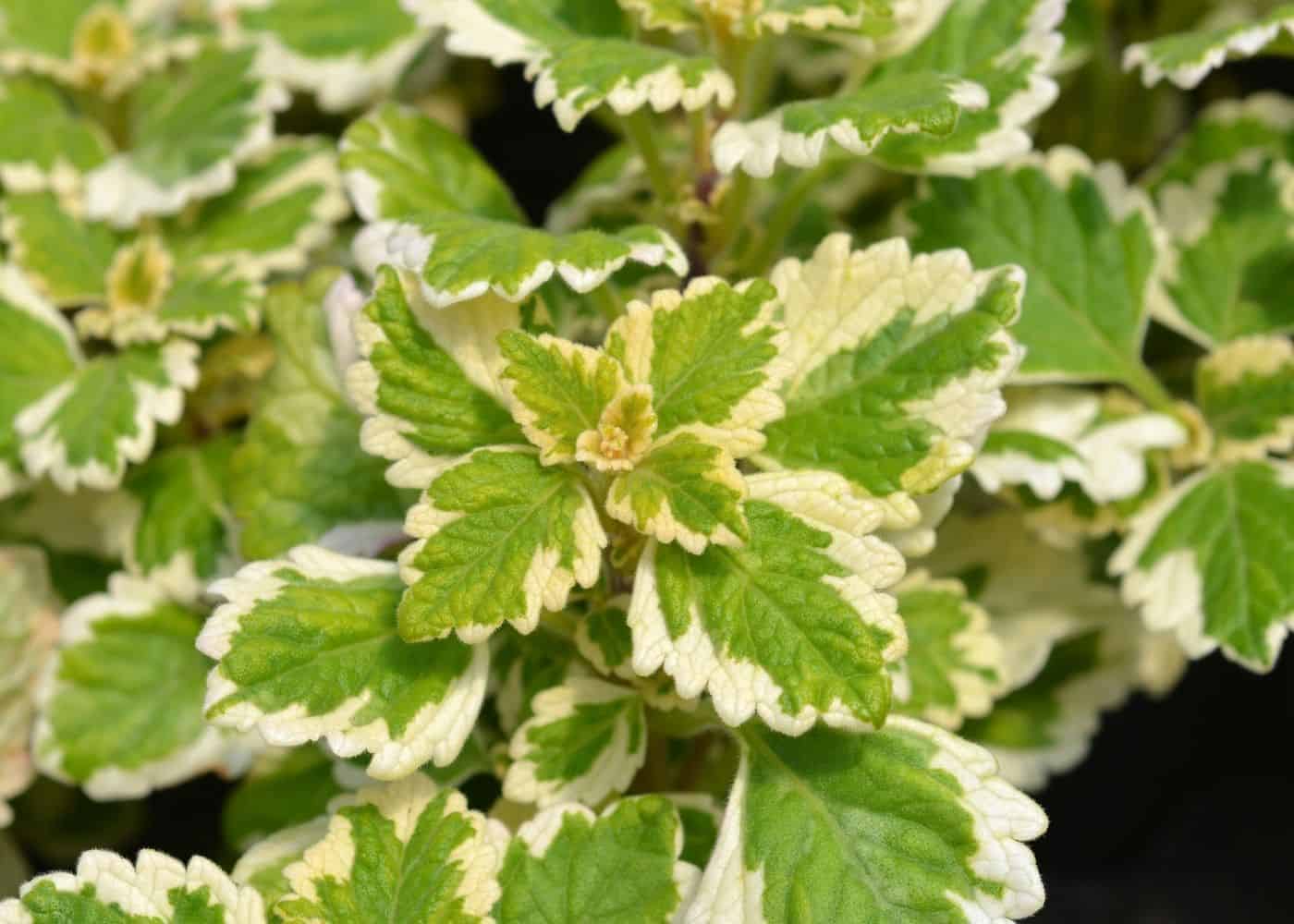
Lighting requirements for Swedish ivy
Swedish Ivy grown indoors can be kept in areas with moderate light, though you can adjust your plant’s exposure to the sun if it appears to look all droopy or otherwise unenergetic.
Swedish Ivy grown indoors will likely benefit from a plant light of some sort. Keep in mind, however, that you ought not to keep it in the full true sun if you have it displayed on your porch because that kind of harsh direct sunlight may burn the leaves and can potentially cause severe damage to the plant.
Fertilizing Swedish ivy
Swedish Ivy plants grown in containers require feeding with plant fertilizer as they are isolated from their natural ecosystem. Look for either a slow-release or fast-release fertilizer products formulated for potted plants and apply in accordance with directions.
Ambient temperature & humidity for Swedish ivy
Swedish Ivy can withstand temperatures as low as 40°F, but see that you always keep it at a warm 60-75 degrees as often as possible. It can handle moderately low temperatures, but one good spell of frost could very well wipe it out. Keep a room in your house nice and warm for your Swedish Ivy, and it’ll last you quite a while.
While Swedish Ivy does like a moderately humid environment, it will tolerate dry air better than some other tropicals. The most effective way to raise humidity levels is with a humidifier.
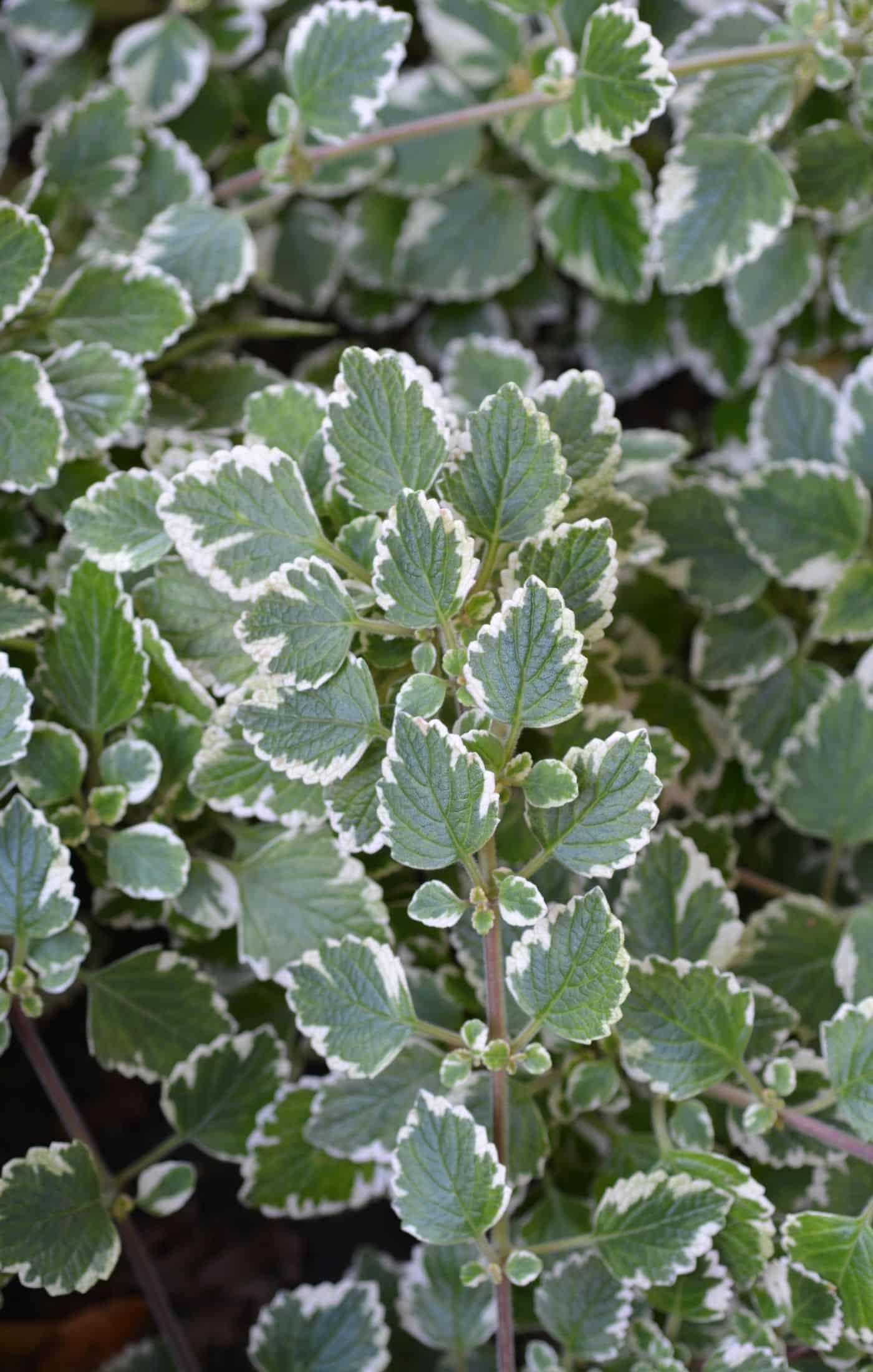
Best potting soil for Swedish ivy
Swedish Ivy will thrive and be happy in pretty much any kind of high-quality potting soil you choose to use. It should, of course, be a well-draining one, because you don’t want to have still water sitting in your planter. As mentioned above, this could lead to the development of serious root rot. For the best results, look for an organic potting mix that contains perlite or pumice for drainage. Don’t re-use old potting mix in young indoor potted plants.
Planter pots for Swedish ivy
As far as planters are concerned, it is really down to you to choose the one you want. However, it is a fairly popular and easy practice to plant Swedish Ivy in a hanging basket planter. This is mostly due to its wide leaf spread and trailing stems.
Hanging it in a basket makes it easy for the plant to grow at its own pace and as long as it needs to. Just make sure that whichever planter pot you choose has a drainage hole (or has an inner liner pot with a drainage hole).

Pests and diseases affecting Swedish ivy plants
One of the nicest things for a plant enthusiast to hear is that a plant doesn’t have too many problems to contend with. This is especially true of Swedish Ivy. It is, of course, susceptible to root rot just like most plants are, but this can be avoided as long as you are careful about keeping still water out of the planter.
The most common sign of root rot is wilting leaves. When this happens, you will probably have to dig up the plant, cut away the rotten parts, and possibly even repot it in fresh, dry potting mix.
The other things you really need to watch out for are too much light (leaves will start to droop), not enough light or fertilizer (few to no blooms), or cottony masses clustered around your plant accompanied by holes (which is a sign that spider mites or mealybugs have gotten to your plant).
To treat your plant for pests, you can use something like neem oil or a similar organic pesticide. Those bugs are pesky, but if you are thorough in treating your plant, as well as keeping excess water away from your plant, you shouldn’t have to worry about pests too much. As for the other issues, keep a watchful eye on your plant and look for the symptoms. You can adjust the plant’s position and environment as needed, and your problem(s) may be solved immediately.


